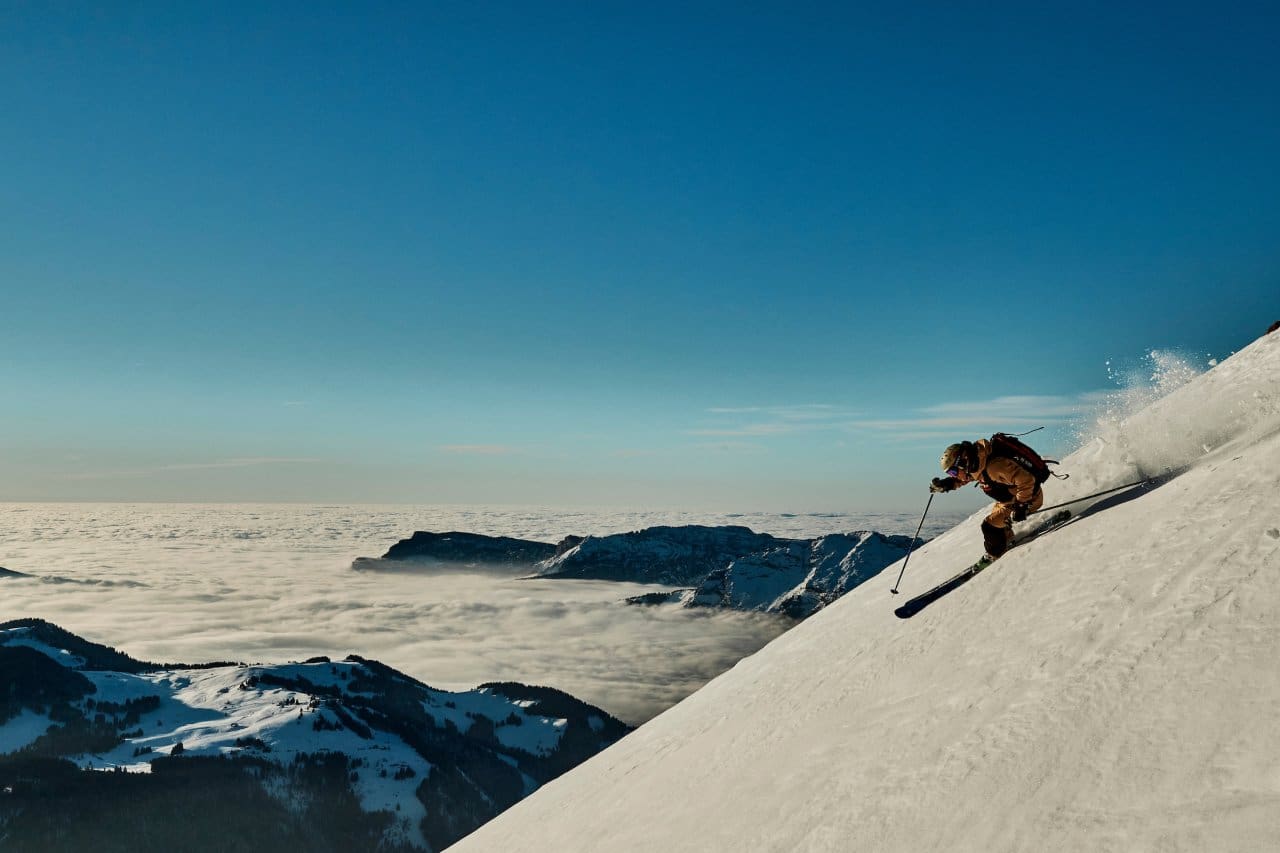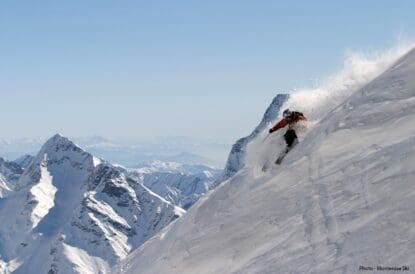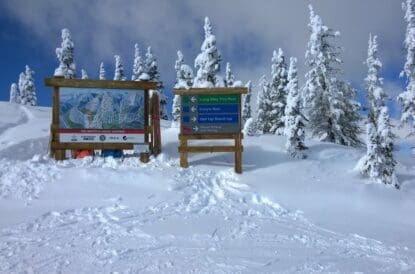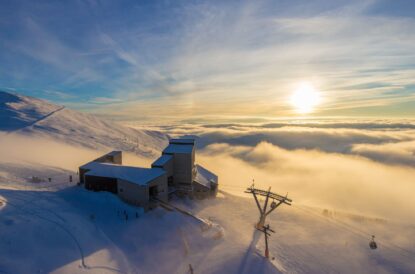Making the right decisions are vital in the mountains and no more so than when heading out into potential avalanche terrain.
As our Alpine Safety Advisor Bruce Goodlad explains, having the knowledge, the kit and the training is great, but you also need to make the right decisions to stay safe in the mountains:
Avalanche Safety: People
The second episode of the series Ski Club Alpine Safety Advisor Bruce Goodlad tells us how as individuals we can be the key to our own safety in the mountain. Communication and teamwork can be real deciding factors on the mountain.
Understanding people – their knowledge, experience and limitations – allows us to make good decisions relating to risk, terrain and route when in the backcountry.
Decision Making
Often the decisions we make in avalanche terrain are not made rationally. We all bring mental baggage with us every time we ski, we all have individual biases and reasons why we want to ski a certain line or in certain places even if we aren’t always consciously aware of the facts, and we all have differing tolerance to risk.
We need to be honest about the skills of all our group, and tailor our skiing itinerary to the weakest or least experienced member and set realistic goals accordingly. The mountain will always be there, the trick is to make sure we are too!
People questions:
- Does everyone know the objective for the day and is everyone comfortable with it?
- Does everyone in your party have the ski skills, stamina and equipment for the planned off piste objective?
- Has everyone spoken and discussed the plan for the day including any concerns?
Get the Picture
Most avalanche accidents result from poor assumptions and rushed decisions, so even though we always start with the avalanche forecast, we have to pay attention when we’re on the mountain.
As we travel through the resort on the lifts, look out for recent avalanche activity on the mountain. When we ski off piste, shooting cracks in the snow out from beneath our skis and sudden collapses in a hollow snowpack are red flags for snowpack stability that should have us heading straight back to the safety of the piste.
Is there snow blowing around and causing wind loading? Is there a rapid rise in temperature occurring? Warning sirens should be sounds in our heads.
Is that avalanche debris we can see from today? If so, recent avalanche activity is another very important red flag.
Regardless of the avalanche forecast, the best avalanche information comes from what we’re seeing around us as we ski. For this reason, it’s important to keep vigilant and look out for signs of instability and changes in the weather throughout our day, then communicate any concerns that we might have with our group.
When skiing off piste silence isn’t golden. If we have concerns about the snow’s stability or more generally about the terrain we’re thinking of skiing, chances are so are others in the group. Be prepared to speak up and change your plan if conditions change or are not as expected.
Recognise Red Flags
- Recent avalanches – the biggest clue
- Cracking or collapsing snow
- Recent heavy snowfall or rain
- Wind
- Rapid rise in temperature
Through a combination of the right equipment, practice and our observations, we can work with a detailed avalanche forecast as we travel through the mountains, whilst at the same time employing safe travel protocols.
Using the rules outlined above will go a long way to keeping us safe skiing in the winter mountains. This five rule system is called: Know Before You Go. #KBYG www.kbyg.org. Head to their website for further learning resources including more videos and their online knowledge check, that acts as a useful reminder to take at the beginning of each season.
Summary
When planning travel in the backcountry, remember to look out for the following:
- It is important to make rational decisions when in the backcountry
- Everyone carries their own baggage – this could be an injury or a previous experience impacting their decision making
- Snow reports and avalanche forecasts are just the beginning – read the environment around you constantly as you travel
- Learn to recognise red flags in the terrain and weather, and how to react accordingly




